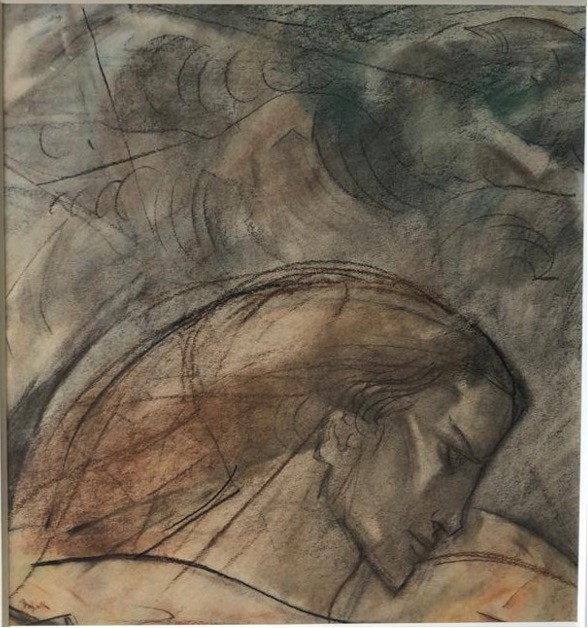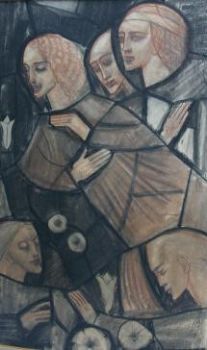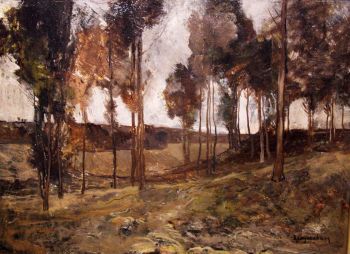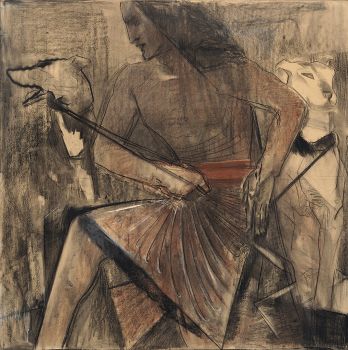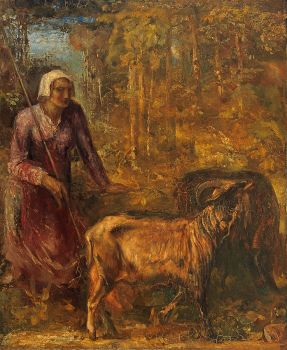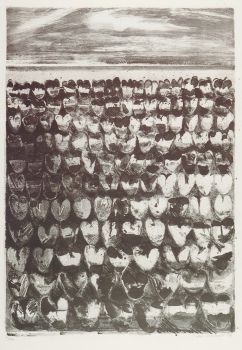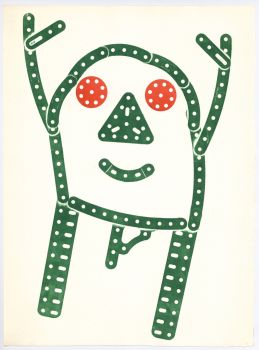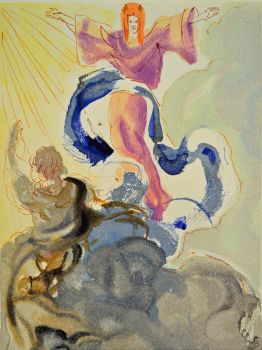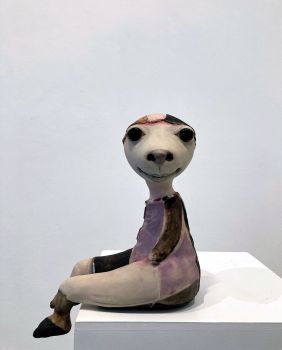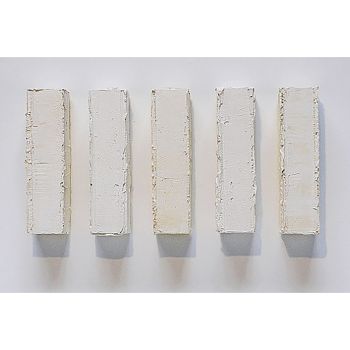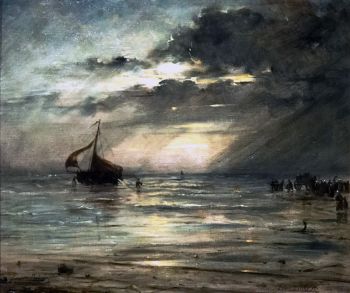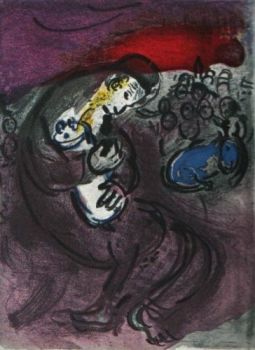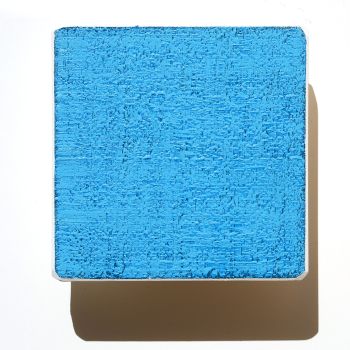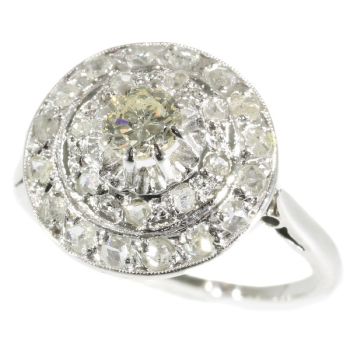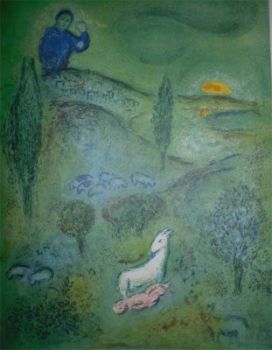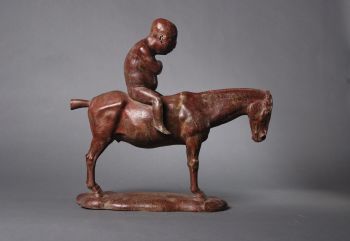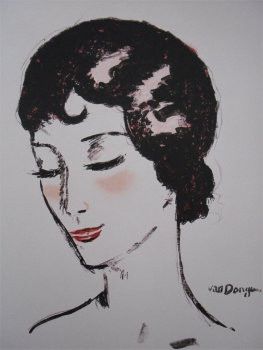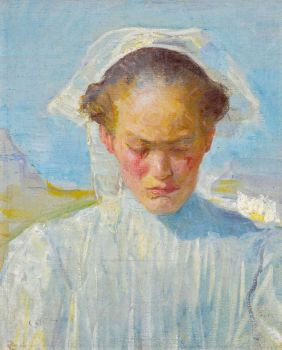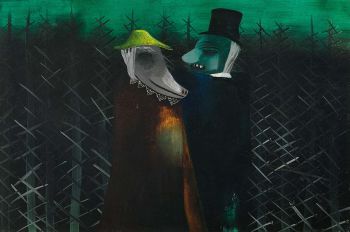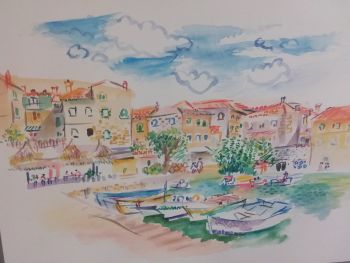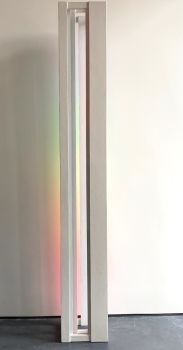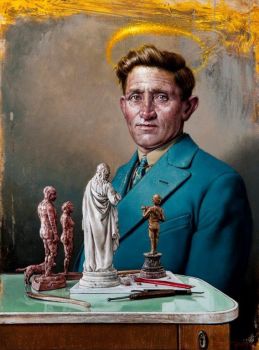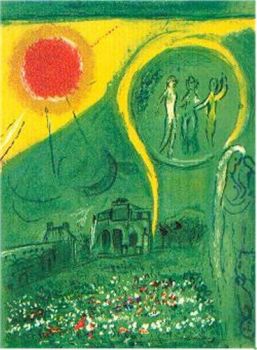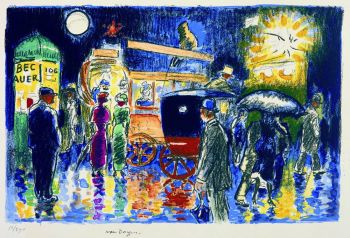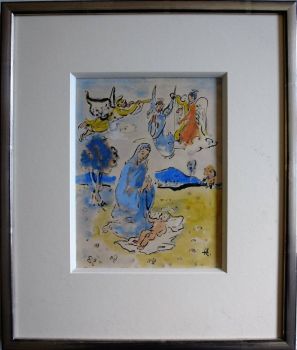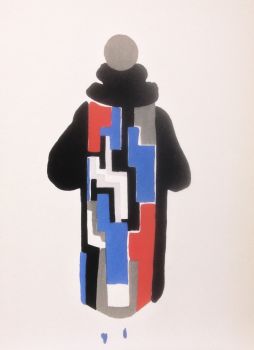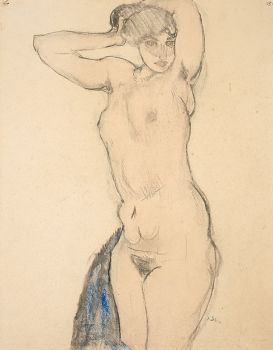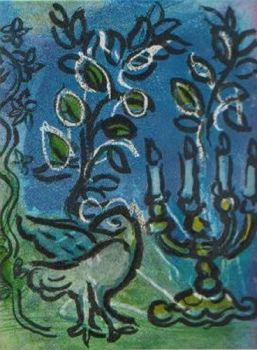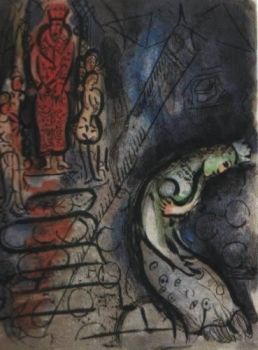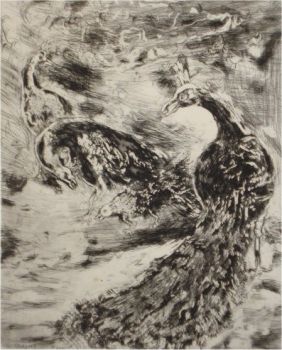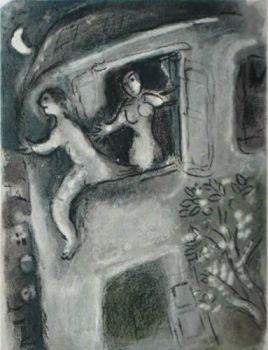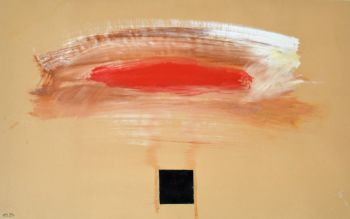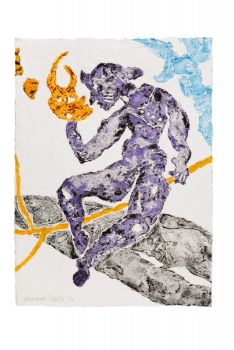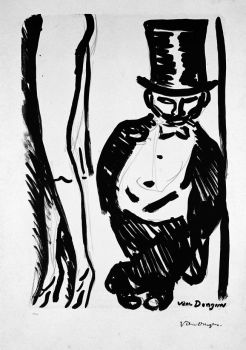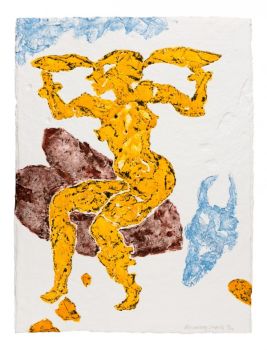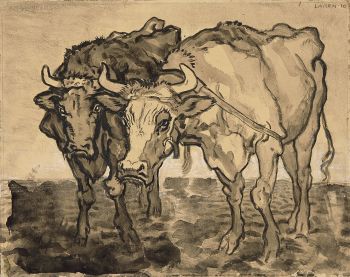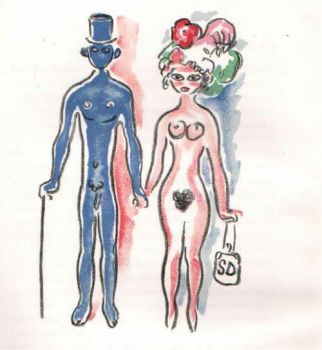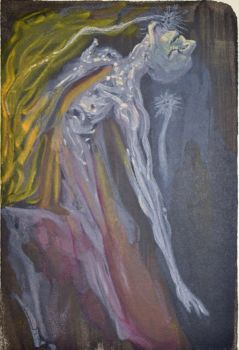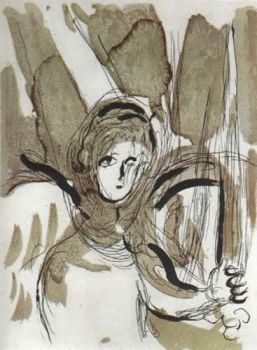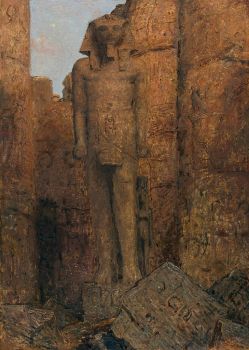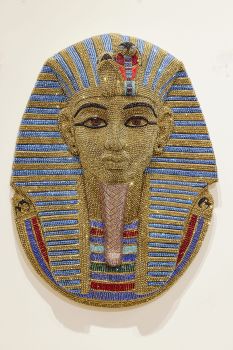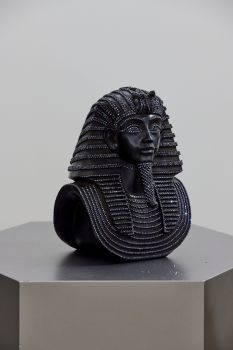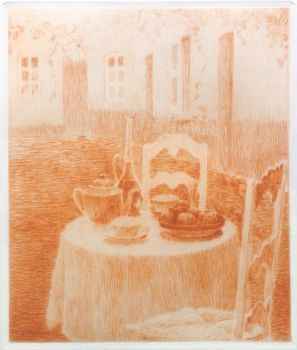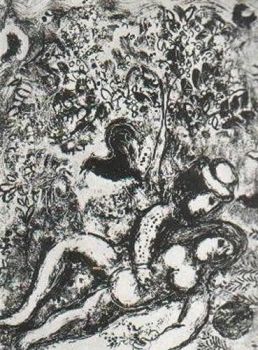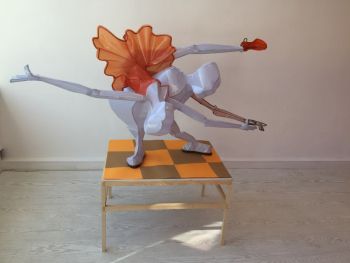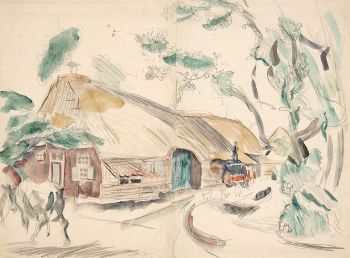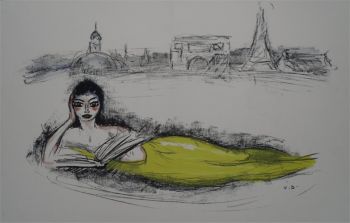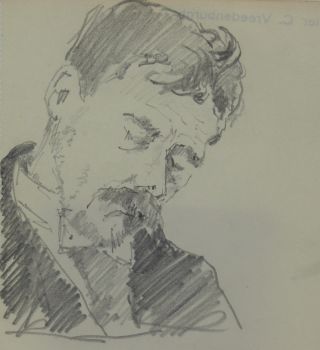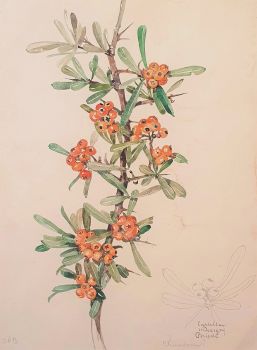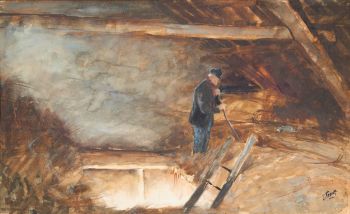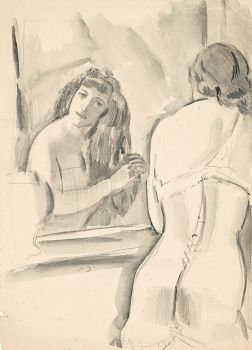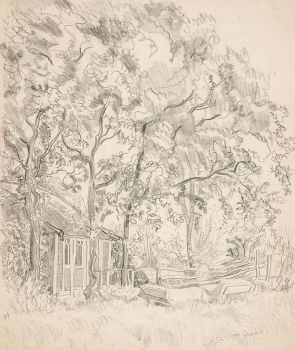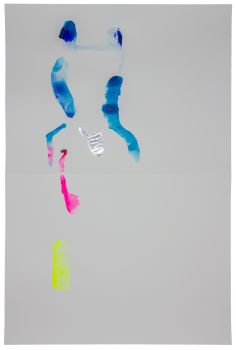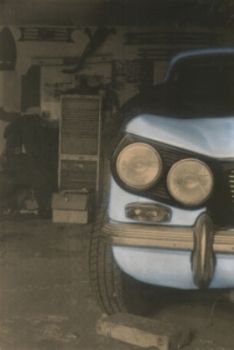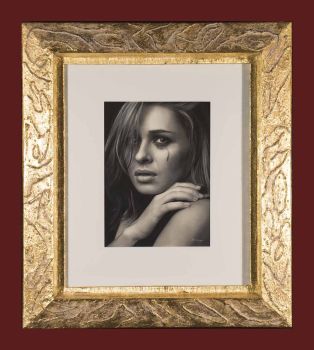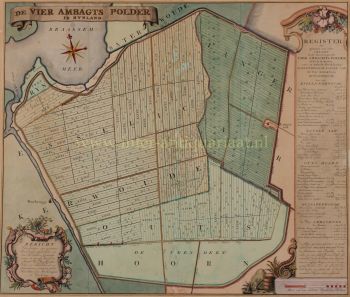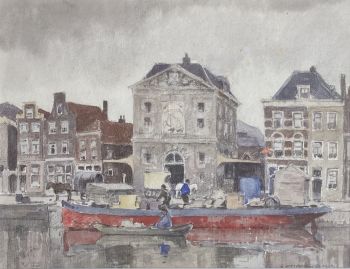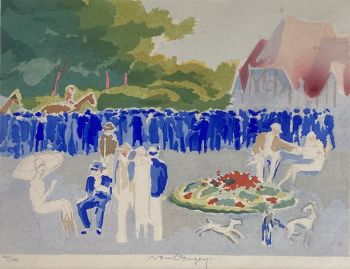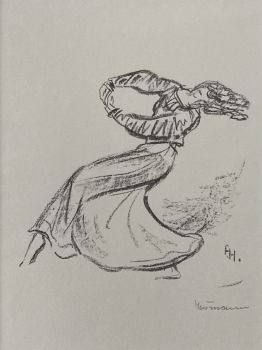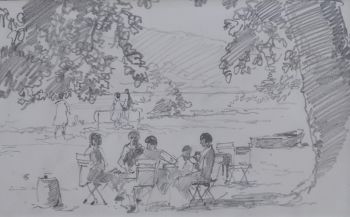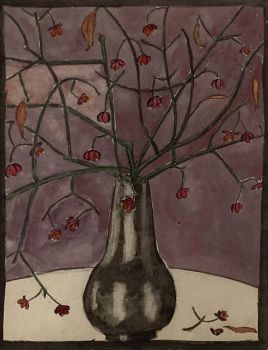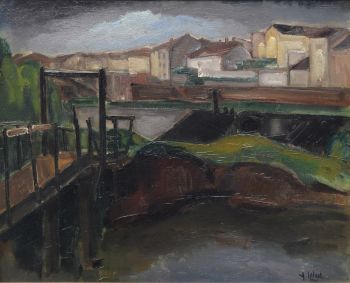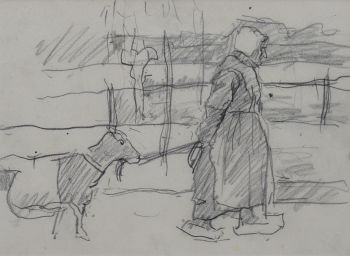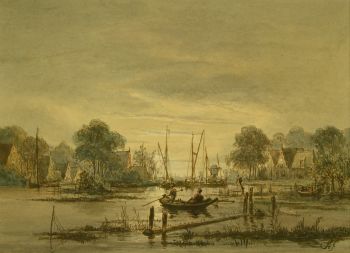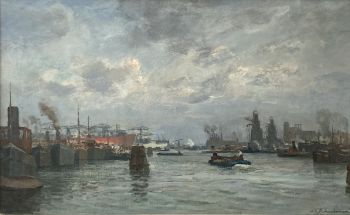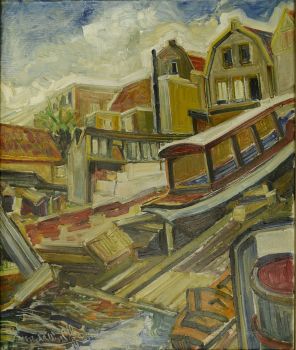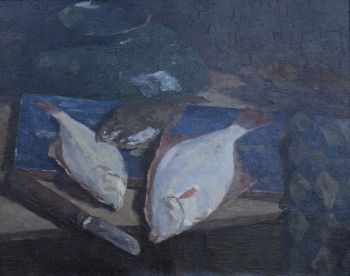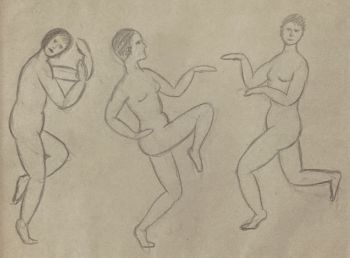Egyptian head 1916
Willem van Konijnenburg
Papier
32 ⨯ 30 cm
ConditionMint
Preis auf Anfrage
Artiquair
- Über KunstwerkWillem van Konijnenburg was inspired by several ancient art forms, including the Egyptian one. In his theoretical writing The Value of Impressionist Painting from 1908, he praises Egyptian art for the way in which its unity of art, faith and science is symbolically expressed. In The Aesthetic Idea (1916) he praises the material sense of the Egyptian artist who opts for sustainable materials and, very important for Van Konijnenburg, the monumentality. It arises by imposing a form on matter according to mathematical principles, without regard to the demands of naturalism. Influences of the Egyptians can be seen in the painting Tempelbouw (Centraal Museum Utrecht), facade sculptures that Van Konijnenburg designed in 1915/1916 for the Koninklijke Fabriek van Metaalwerken by W.J. Stockfish in The Hague, the large pedantic watercolors Egyptian farmer (Kunstmuseum Den Haag) and Egyptian shepherd (whereabouts unknown) from 1916/1917 and Overgave (Kunstmuseum Den Haag) from 1917, for which the first owner of the Egyptian Cup shown here stood as a model : Jacoba van der Vegt (1897-1970). Jacoba was Van Konijnenburg's favorite niece, muse, model and dance partner in the Tango. The complete provenance of this work is present.
- Über KünstlerWillem van Konijnenburg wurde am 11. Februar 1868 in Den Haag geboren. Er war ein niederländischer Maler, Aquarellist, Illustrator, Grapher und Radierer. Er wurde an der Akademie der Künste in Den Haag ausgebildet. Nach seiner Ausbildung arbeitete er in Maastricht, Limburg, Scheveningen und sogar in Paris. Er war der Schüler von Arnoud Gerkens, Eduard Kerling und Johan Philip Koelman. Aber sein Hauptunterricht in Kunst wurde von Willems Mutter gegeben. Van Konijnenburg starb am 28. Februar 1943 in Den Haag.
Sind Sie daran interessiert, dieses Kunstwerk zu kaufen?
Artwork details
Kategorie
Thema
Stil
Material & Technik
Related artworks
Willem van Konijnenburg
Landscape in Limburg, the south of the Netherlands1868 - 1943
Preis auf AnfrageKunsthandel Pygmalion
1 - 4 / 4- 1 - 4 / 24
- 1 - 4 / 24
Marius Bauer
The Temple of Ramses II at Karnak Image in Luxor1919
Preis auf AnfrageStudio 2000 Art Gallery
1 - 4 / 7Antonie Derkinderen
Memory book Exhibition of Dutch Painting1892
Preis auf AnfrageKunsthandel Pygmalion
1 - 4 / 24- 1 - 4 / 12

